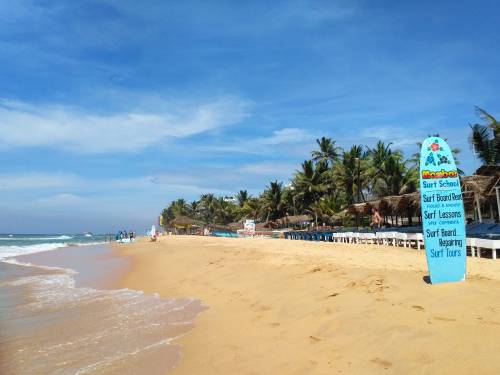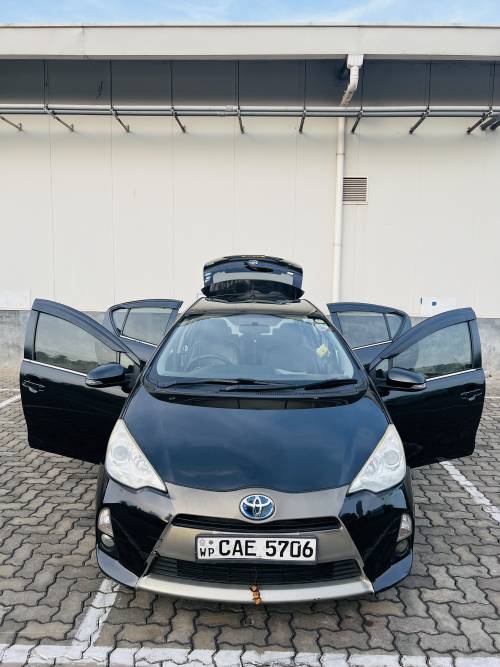The old city, or fort, occupies most of the southern cape. New city with train stations, shops and banks is located on the mainland. On the peninsula, expanded by the British from reclaimed land, there is an esplanade and the international cricket stadium "Galle".
History of the Fort
A small fort built by the Portuguese in 1587 was named Santa Cruz.
In 1640, the Portuguese surrendered to the Dutch East India Company. The Dutch built the real fort in 1663. They built a fortified wall using hard granite and built three bastions known as "Sun", "Moon" and "Star".
The Dutch planned a settlement occupying most of the cape (36 hectares) inside a fort with cross roads and low roofed houses with massive walls and large doors and windows. They built an underground system out of brick sewers.
In 1796, after the Dutch surrender in the Napoleonic Wars, the British captured Galle Fort. Galle continued to serve as Ceylon's main harbor for much of the 18th century. But then the development of the harbor in Colombo contributed to the destruction of trade in Galle. By the beginning of the 20th century trade in Halle went to decline.
In 1969, Galle Fort was declared an archaeological reserve. Considering its importance as an outstanding architectural and archaeological monument in Asia during the colonial period and preventing its further degradation, the United Nations Educational, Scientific and Cultural Organization (UNESCO) in December 1988 and the International Committee on Monuments and Sites (COSMOS) registered Galle Fort in as a World Heritage Site. Subsequently, the Government of Sri Lanka enacted legislation under the Galle Heritage Foundation Act No. 7 of 1991 for the conservation and management of Galle Fort and surroundings.
Galle Fort today
Galle Fort is the best-preserved colonial sea fortress in all of Asia. Today, the massive ramparts and bastions protect the area from modernization just as effectively as they once protected the interests of Dutch trade from adventurers. Its low streets are lined with old churches and Dutch colonial villas with original pillared columns and ornate gables giving glimpses through the open doors of planted courtyards. Art Deco styles from the 1930s and early modern are also featured, with Sinhalese touches. There are 473 houses in the fortress, each of which is counted by the employees of the Archaeological Department. About 50 of the current buildings predate the British occupation, another 104 were built before 1850. The recent real estate boom in Galle has turned the fort into a fashionable area. The colonial villas were bought up and refurbished by foreign investors.
Presently, leading restaurant chains and antique shops have opened their doors to travelers. The Fort sells collectibles that have a colonial and local touch, as well as many mouth-watering international dishes. Galle is also known as an entertainment center, hosting various art-related festivals such as literature, poetry, dance and music from time to time.
Galle Fort is a heart that attracts all travelers with its magnificence.
Take one or more trips to Galle, located 30 minutes from our villa. Walk along the walls of the fort, visit its exclusive boutiques, jewelry stores and enjoy delicious afternoon tea in one of the charming restaurants and cafes.











